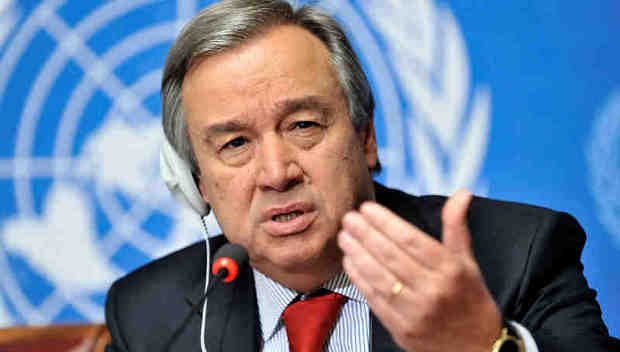UN Opens Centre for Humanitarian Data in the Netherlands

United Nations Secretary-General António Guterres. UN Photo/Jean-Marc Ferré (file)
With more than 135 million crisis-affected people across the globe in need of humanitarian assistance, the United Nations opened Friday a data centre that will give aid organizations and relief workers access to vital information they need to make responsible and informed decisions.
“Accurate data is the lifeblood of good policy and decision-making. Obtaining it, and sharing it across hundreds of organizations, in the middle of a humanitarian emergency, is complicated and time-consuming – but it is absolutely crucial,” said UN Secretary-General António Guterres, speaking at the opening of the Centre for Humanitarian Data in The Hague in the Netherlands.
“This Centre will make that difficult task far easier, speeding up the flow of data from collection to application,” he added.
Managed by the UN Office for the Coordination of Humanitarian Affairs (OCHA), the Centre is focused on four key areas: data services, to make data accessible; data policy, to ensure data is used responsibly; data literacy, to improve how data is used; and network engagement, to ensure human-centred approach.
One of the primary activities of the Centre is managing the data-sharing platform, Humanitarian Data Exchange (HDX), and its data standard, the Humanitarian Exchange Language (HXL).
The goal of the HDX is to make humanitarian data easy to find and use for analysis. The HXL is based on spreadsheet formats (such as Excel or Comma-Separated-Values) and adds hashtags with logical information to allow software to validate, clean, merge and analyse data more easily.
“The idea of ‘a simple standard for messy data’ will appeal to anyone like me, who has worked with humanitarian statistics and not always very able to understand them,” expressed Mr. Guterres, highlighting the potential of the application of technologies on the ground.











